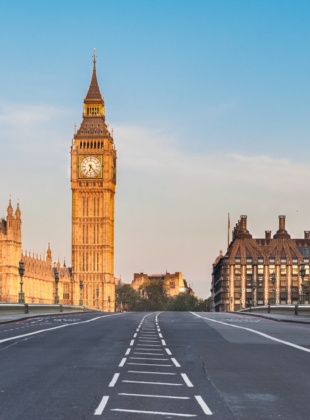Facebook’s sleeping giant

We recently launched The Most Connected Brands Index to help businesses and brands understand how they are connecting with consumers and provide them with ways to improve. Chris Walts, Social Strategy Director at Ogilvy, helped contribute to the report:
For an app that has 1.5bn monthly active users, WhatsApp gets surprisingly little press. It’s the not so secret (end-to-end encrypted) app that has taken the world by storm, and it’s done it almost entirely through word of mouth. More brands need to look at how WhatsApp became so dominant, and even if they can’t replicate the circumstances for its success, need to consider how they can better use it’s massive reach to connect with their customers given that it is one of the most under-used communication platforms.
One of the keys to WhatApp’s initial success was its simplicity and its utility. At its core, WhatsApp is a text message (now voice and video calling) replacement that helpfully skirts around international borders and associated long distance fees. Users only need a mobile number and a data plan (or access to WiFi) and suddenly they can contact the world for free. Removing a fee that every consumer hated provided people with an incredible amount of utility and created a powerful network effect as it compelled people to tell their friends to get their own account so they could chat with one another (and save money in the process). This supercharged word of mouth captured an incredible number of users outpacing Skype, Twitter, Gmail, and even Facebook in its first four-year growth curve.
Creating a powerful network effect has been a key marketing strategy for many tech platforms, but while most try to outpace each other with new gimmicks and games, WhatsApp has quietly focused on keeping its user experience clean and quick. That doesn’t mean it hasn’t kept up with the latest developments in the way people communicate; 450 million people use WhatsApp Stories daily (compared to 300 million on Instagram and 150 million on Facebook), but WhatsApp has only added functionality that helps build on its core competency of helping people communicate more easily.
WhatsApp has also benefited from the growing trend of consumers not wanting to share every (unfiltered) moment of their lives with the world. People have become increasingly aware, and often stressed out, by their public online presence, which has led to a growing amount of people creating smaller networks of close friends for sharing their ‘off-the-cuff’ photos, moments, and thoughts. It was this desire for the ephemeral that powered the rise of Snapchat (and its many copycats).
With its massive scale and the large amount of time spent in app, it seems strange that so few brands are active on the platform as the opportunity to connect with consumers is enormous. One of the main reasons is that unlike Facebook Messenger, brands can’t actively advertise on the platform. This means brands need to get far more creative in justifying their existence on the platform, as they need to provide consumers with a specific utility or service for them to engage. While this may require a higher investment level from brands, this should be offset through the benefit of building stronger ties with their most active customers and helps future proof their key messages from ‘newsfeed blindness’ that will likely happen, as is evidenced from the drop in effectiveness of display advertising.
While part of WhatsApp initial success was due to the fact that they were the right place at the right time, WhatsApp has flourished because they have an incredibly useful offering and have continued to engage users by focusing on what users want most, better and easier ways to communicate with one another. It is this same desire to communicate that brands need to start tapping into if they want to stay relevant and future proof their messaging for their most active and loyal customers.





